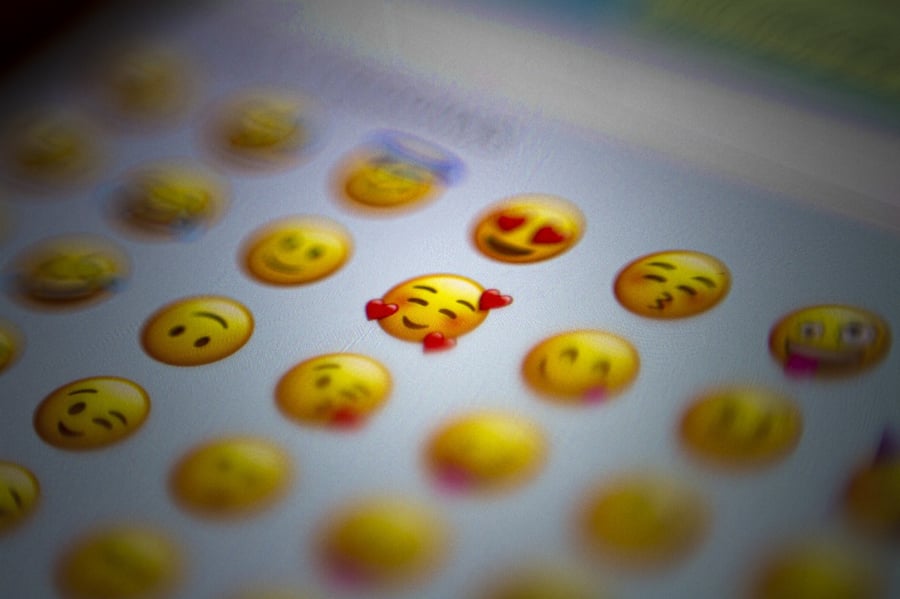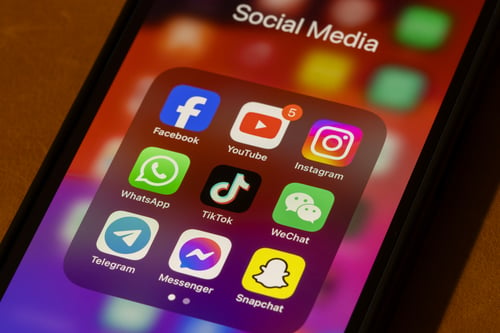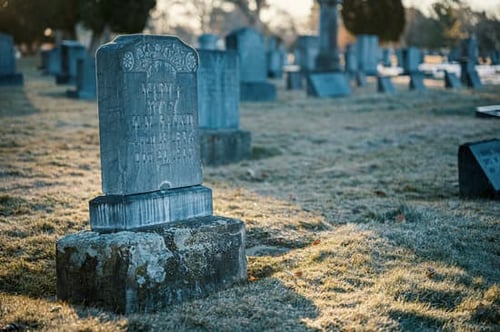
Blog

Is the 👍 Really Dead? And Other 🔥 Emoji Questions You Have!
If you were 😢 in your ☕ because you heard that the 👍 emoji was “canceled” then you can relax the next time you text or email … but, beware, you just might be showing your age!
“You may have heard the thumbs-up emoji is dead, as in not cool – don’t do it,” said NPR’s Ayesha Rascoe on Weekend Edition Sunday last month. “But hold up. We may be victims of clickbait intended to stir up dissension between young and old, left and right after someone dug up an old Reddit thread and presented it as gospel last week.”
In a curious viral example of how “old news” becomes “hot news” a much shared New York Post Oct. 12, 2022, article (“Gen Z canceled the ‘hostile’ thumbs-up emoji and wants to ban these 9 others”) is based on absolutely nothing new, but on comments from a locked Reddit thread posted 11 months ago.
And those 9 other emoji’s that Gen Z wants “banned”?
It’s a list of 10 emojis “that make you look old” according to April 2021 research from Perspectus Global’s survey of 2,000 UK 16 to 29-year-olds.
😍 Them or 😡 Them: Emojis are Here to Stay
Does the fact that we now have a World Emoji Day (it’s July 17, y’all!) make you 😊 or ☹?
Love them or hate them, emojis are certainly here to stay with Emojipedia (yes, that is a real thing) saying that as of Emoji 15.0 there are now 3,664 emojis approved by Unicode as of September 2022.
“Emojis aren’t just part of our social media lexicon. They’ve gone mainstream,” wrote Brittany Anas for Hack Reactor last year.
Some emoji facts to ponder:
- 900 million emojis are sent on Facebook messenger every day.
- Half of Instagram comments contain emojis.
- 1 in 5 Tweets now contain emojis.
- 21.54 percent of all global tweets sent in December 2021 contained at least one emoji – the highest usage ever.
Emojis are so popular that not even the disastrous “The Emoji Movie” (Rotten Tomatoes score of 6 percent!) could kill their usage. That movie, by the way, was cited as not only one of the worst films of 2017 but one of the worst animated movies ever made.
Yet, 🙂s live on.
Emojis Date back to 1990s Japan but Became Popular Worldwide in the Last Decade
Emojis were born in Japan in the 1990s with SoftBank (then known as J-Phone) releasing the SkyWalker DP-211SW mobile phone on Nov. 1, 1997, with the world’s first known emoji set.
According to the emoji timeline: “The SoftBank emoji designs heavily influenced Apple’s original emojis which were designed to be compatible with this set when launched in Japan, due to the iPhone being a SoftBank-exclusive phone when first released.”
The first emojis were crude by today’s standards but then designer Shigetaka Kurita created a set of 176 emojis for NTT DOCOMO mobile phones and pagers in 1999.
Kurita is called the “father of today’s emojis” and you can find his pixelated designs on display at the Museum of Modern Art.
Emoji, by the way, is the blend of two Japanese words: e (meaning picture) and moji (meaning character) thus “picture character” or emoji.
Emojis then continued their lighthearted march to mainstream popularity:
- 2003: MSN Messenger 6 introduced 30 emoticons, precursors to emojis.
- 2006: Google begins to convert Japanese emoji to Unicode private-use codes.
- 2008: Apple releases emojis in Japan with iOS 2.2 update in the Japanese market.
- 2009: Google ads emojis (still called emoticons then) to Gmail.
- 2010: Emoji use is standardized by Unicode.
- 2011: Apple finally launches emojis worldwide with its iOS 5 release.
- 2013: The word “emoji” is added to the Oxford Dictionary.
- 2014: World Emoji Day is first held on July 17.
- 2015: A range of emoji skin tones are released, and “emoji” is chosen as the Oxford Dictionaries “Word of the Year”.
Emojis Got Even More Popular During the Pandemic
For some, emojis gained even more popularity since the start of the COVID-19 pandemic.
With the absence of face-to-face interactions, emojis helped lighten the conversations on virtual platforms like Slack, Brad Touesnard, founder of SpinupWP, told Hack Reactor.
“Written messages can come across as cold and abrupt,” Touesnard said. “To counteract this, we encourage the use of emojis to let people express their personality and humor.”
Some companies even develop their custom emojis based on their unique company culture.
“Research backs the idea that emojis can help build camaraderie. If you get a warm feeling when you see a smiley emoticon it could be linked to the fact that our brains process emojis in a similar way that we process human faces, according to research,” writes Anas in Hack Reactor. “Also, eight of 10 people surveyed for Adobe’s 2019 Emoji Trend Report believe that emoji users are more friendly and approachable.”
👌 Boomer! What Your Emojis Might Say About Your Age
Back to the debate over the 👍 emoji.
“I think the battle here is really about the connotations of the emoji, the pragmatic meanings. And those are fluid,” said Indiana University linguistics professor Susan Herring on NPR.
Rascoe agreed: “Emojis are part of modern language, and they can mean many things to many people all at once.”
For some younger folks, especially Gen Z, the 👍 can be construed as a sarcastic reply instead of an earnest “got it”.
This is probably why the 👍 was No. 1 on the list of “Top 10 Emojis That Make You Look Old” from the 2021 survey.
So, you might be a Baby Boomer, if you find yourself using any of the emojis on that list:
- Thumbs up 👍
- Red heart ❤️
- OK hand 👌
- Check mark ✔️
- Poo💩
- Loudly crying face 😭
- Monkey eye cover 🙈
- Clapping hands 👏
- Kiss mark 💋
- Grimacing face 😬
Emoji Proper Etiquette Guide
Most of us, no doubt, will continue to use many of these popular emojis but maybe it is more important to observe the proper use of emojis.
Using emojis for personal texts and social media posts is fair game but care needs to be taken when using them for business purposes.
Muo's “proper emoji etiquette” guide suggests that:
- Semi-formal communication (texts with individuals you do not know personally): Should be used sparingly since it might give the impression that you are not taking the subject discussed seriously.
- Clients and customers: Steer clear of emoji use, especially if you don’t know them personally. A good rule is to wait for the client or customer to use them first and then follow their lead.
- Communicating with Your Boss: Emoji use is ill-advised with your boss or any person of superior rank at your company. An exception is if you have a good relationship with your boss and they send an emoji, then you can respond in kind.
“With over 3,500 to choose from and counting, emojis have come a long way. They help us express feelings or concepts where words fail,” says the Proper Emoji Etiquette article. “But they're not appropriate for every conversation you have.”
Just remember to 🤔 before you send an emoji, and everything will be 👌.
Subscribe to email updates
Recent posts

Related Articles

Topics

Topics

Topics






